New Sonic Pro HDZ waders from Redington
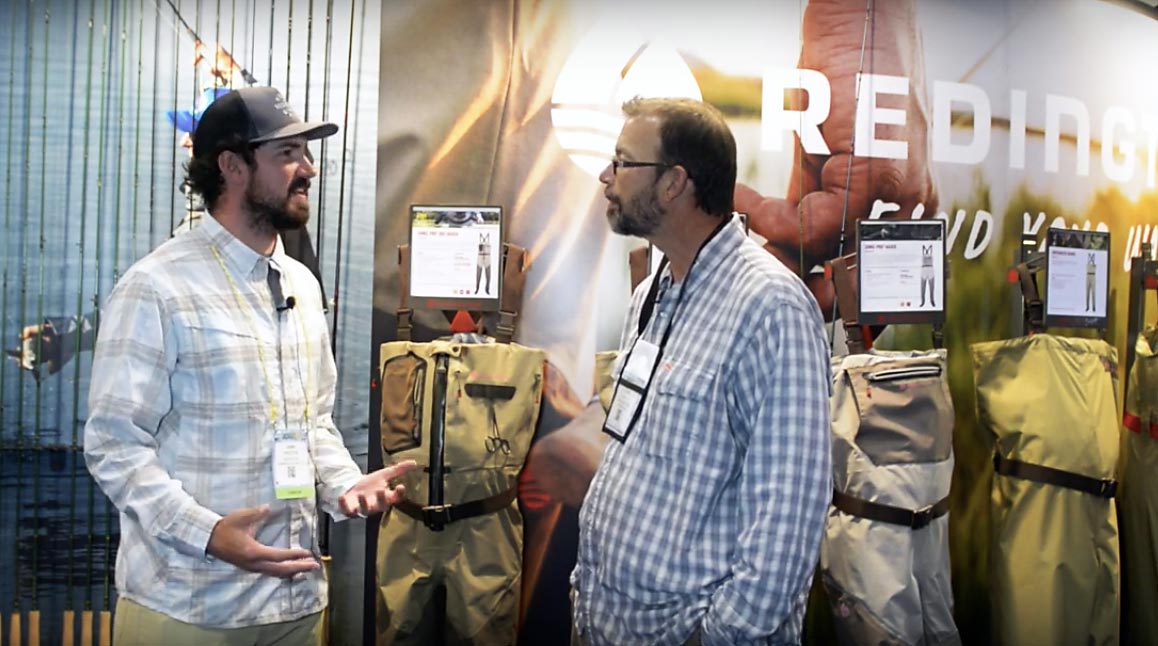
“HDZ” as in Heavy Duty Zip-front.
Redington is no newcomer in the wader market. This year they have upped their game in terms of performance and durability with the Sonic Pro HDZ. A sharp looking wader with a laundry list of features and new beefy materials. Convenience, performance and durability, what else do you need in a wader?
WATCH THIS VIDEO TO SEE ALL OF THE FEATURES OF THE REDINGTON SONIC PRO HDZ WADER.
Read More »Help Out A Potcake

I don’t know of a more endearing dog breed than the potcake. These dogs are smart, affectionate and fiercely loyal. They are a mix of the working breeds colonist brought to the islands to work the plantations and over generations they have kept the best traits of each. It’s never worked out for me to bring one home, but some of my friends have and they’ve never regretted it. The potcakes on South Andros have a pretty hard life. I’ve know, and become close to, a handful of them over the years. Every time I return to the island I wonder if they will still be alive. Too often the answer is no. When the fishing season is over and the lodges close and staff members go home, it’s pretty slim pickings for the potcakes. It’s not that the Bahamians don’t love these dogs, they do but there are way too many of them. With no vet on the island to spay or neuter animals the population is like a wildfire and their numbers are regulated by starvation and disease. It’s heartbreaking to watch. The folks at Andros South have been trying to do something about it for some time and on my last visit we talked with a fellow who passed on some valuable info. The staff at Andros South followed up and for the first time hotcakes on South Andros are going to get some veterinary care. Andros South will be hosting a spay/neuter clinic on South Andros Island from December 9th – 11th organized by BAARK – A volunteer run organization dedicated to reducing the number of homeless dogs and cats throughout the islands of the Bahamas. The doctors from BAARK will spay and neuter as many dogs as they can while there. This should go a long … Continue reading
Read More »Six Cutties in a Hot Tub
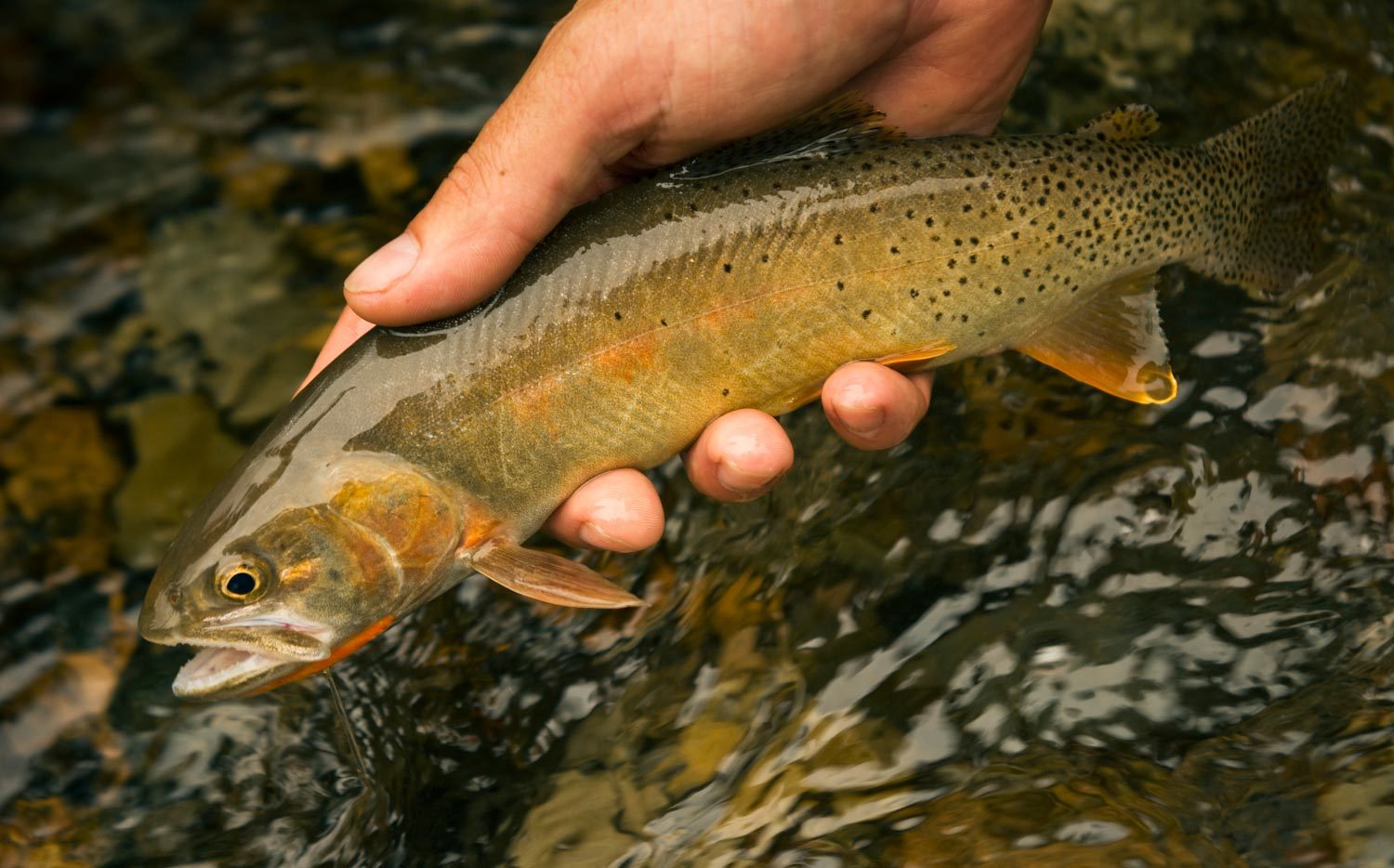
Are you fixing to head out west for an exciting trout fishing trip? If yes, and you plan to do some wade fishing, pay close attention to water levels before you decide on where to start your days fishing. Recently, Louis and I visited the Grey’s River in Wyoming for the opportunity to enjoy catching beautiful Snake River cutthroats on dries. Water levels were very high on the Grey’s and the lower sections of the river were too high to wade safely or fish effectively. We found out very quickly if we were going to get into some good fishing we’d have to focus our efforts on the upper sections of the watershed. That meant targeting the water above most of the tributaries dumping into the Grey’s, and driving 25 miles further up the forest service access road.
Read More »Keep ‘Em Wet Photo Challenge
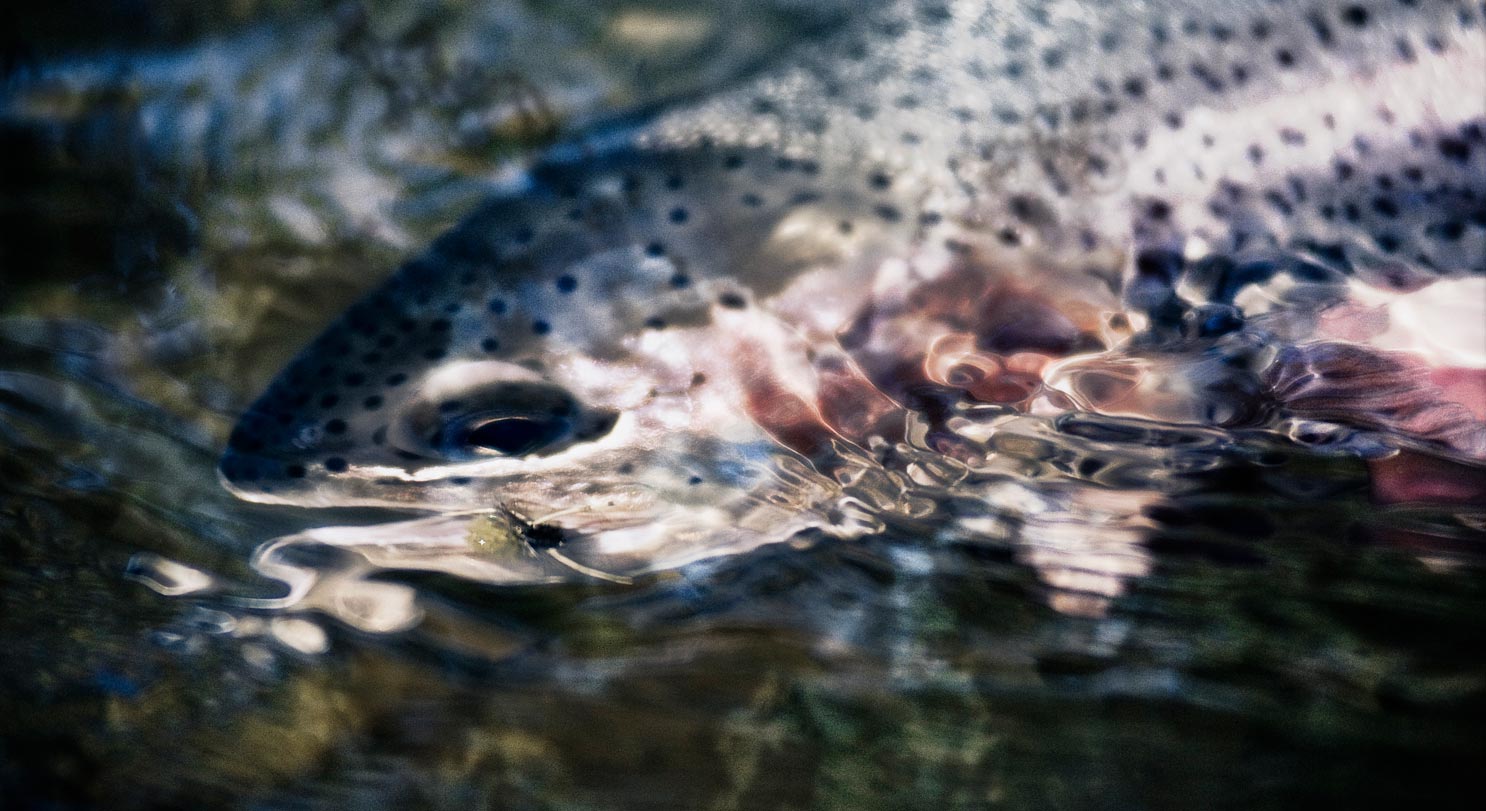
It’s been a while since we’ve posted a giveaway, and with the holiday season upon us, we’re feeling like we need to give something to one of our awesome followers!
“Keep ‘Em Wet!” has become a popular phrase amongst the social media pages, groups, and movements. Not only just a phrase, it has become a practice that many of us have chosen to uphold with hopes that leading by example will convince others to keep fish in the water, whether they’re snapping photos or not. Fish need water to survive, and we can all do a better job of doing our part to protect the fish that we pursue, whether it be trout, steelhead, bonefish, muskie, tarpon or bass.
We want to see your best, most creative “Keep ‘Em Wet” photos! Get out on the water and submit two of your favorite photos for the challenge before midnight on December 18th. Louis and I will be judging on the content and creativity of the photos, and we’ll announce a winner on December 22nd! One winner takes all!
So what’s up for grabs?!
Art has quickly become a popular mainstay within the fly fishing world. With fly shops, anglers, and even restaurants and businesses adding their favorite pieces to their walls in order to show off their passion for fly fishing, as well as the vibrant colors of the fish we chase. So how about a one-of-a-kind painting of the winning photo on 18×20 canvas for the winner?
Megan Pickett (yes, my sister as you might have guessed) is a very talented artist, local to the metro-Atlanta area. With most of her work being commissioned, she teaches art at a large private school in Atlanta, GA. The winner of the photo challenge will be contacted by Megan in order to discuss the details of the painting, as well as
Read More »Sunday Classic / Choosing a line for your switch rod Part 2: Choosing a line
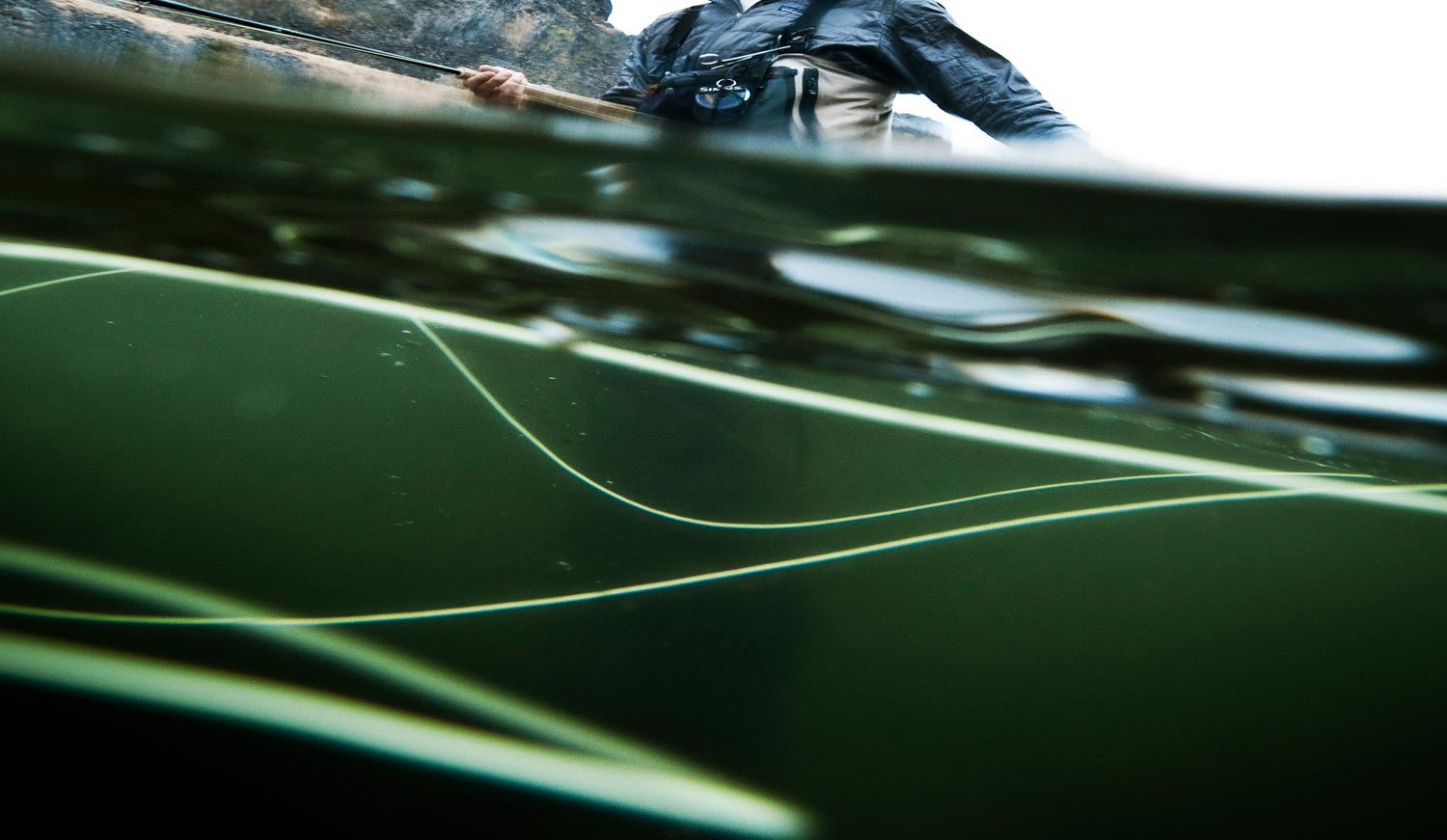
BEFORE WE TALK ABOUT SPECIFIC LINES AND HOW THEY FISH, LET’S TAKE A MINUTE TO UNDERSTAND THE SWITCH ROD.
If you have not read “Part 1: Understanding lines and line tapers” you can find it HERE. I think you will find the information helpful.
The switch rod is a product of evolution. A decade ago the average length of a two- handed rod was 14 feet and the average line weight was 9. As two-handed casting has become more popular and its application more varied, the average two-hander has become shorter and lighter. The modern two-hand rods are less fatiguing, beautifully balanced and more versatile, allowing Spey-style casting in tighter casting situations.
The switch rod adds to this adaptation the option of single-hand casting and high sticking. Things that couldn’t be accomplished with longer heavier rods. This makes the switch rod the most versatile rod ever made and the most confusing. It is a rare angler who uses their switch rod in every application it can handle.
A switch rod is really a short, light weight Spey rod. Although it will accommodate overhand casting, even with traditional lines, its taper is designed for two-handed Spey casting. Therefore, in most applications, it will perform its best with a line designed for two-handed casting. When matched with the right line switch rods are not only versatile but incredibly effective.
A lot of switch rods spend their lives in the closet because they got matched with the wrong line. Often, folks coming from a single-hand casting background will set their switch rod up with a traditional line for single-hand overhead casting and find that it performs poorly. This is because the rod is under lined and it’s an easy mistake to make.
Switch rod and Spey rod weights are rated on the AFTTA standard and single-hand rods and lines are rated on the AFTMA standard. It’s like comparing Celsius to Fahrenheit or meters to feet. This means that a 5-weight switch rod, for example, takes a much higher grain weight line than a 5-weight single hander in order to get the proper load. That 5-weight single-hand rod needs a line in the range of 180 to 200 grains, whereas a #5 Switch rod needs 300 to 330. That’s a huge difference and if it seems unnecessarily complicated, that’s because it is. It’s critical when choosing a line for your switch rod that you think in terms of the grain weight needed to load the rod.
Here’s a breakdown of suggested grain weights for switch rods by line ratings. These figures will vary from rod to rod and may also be affected by your casting style, but it’s a good guideline.
Read More »Saturday Shoutout / River Of Grass
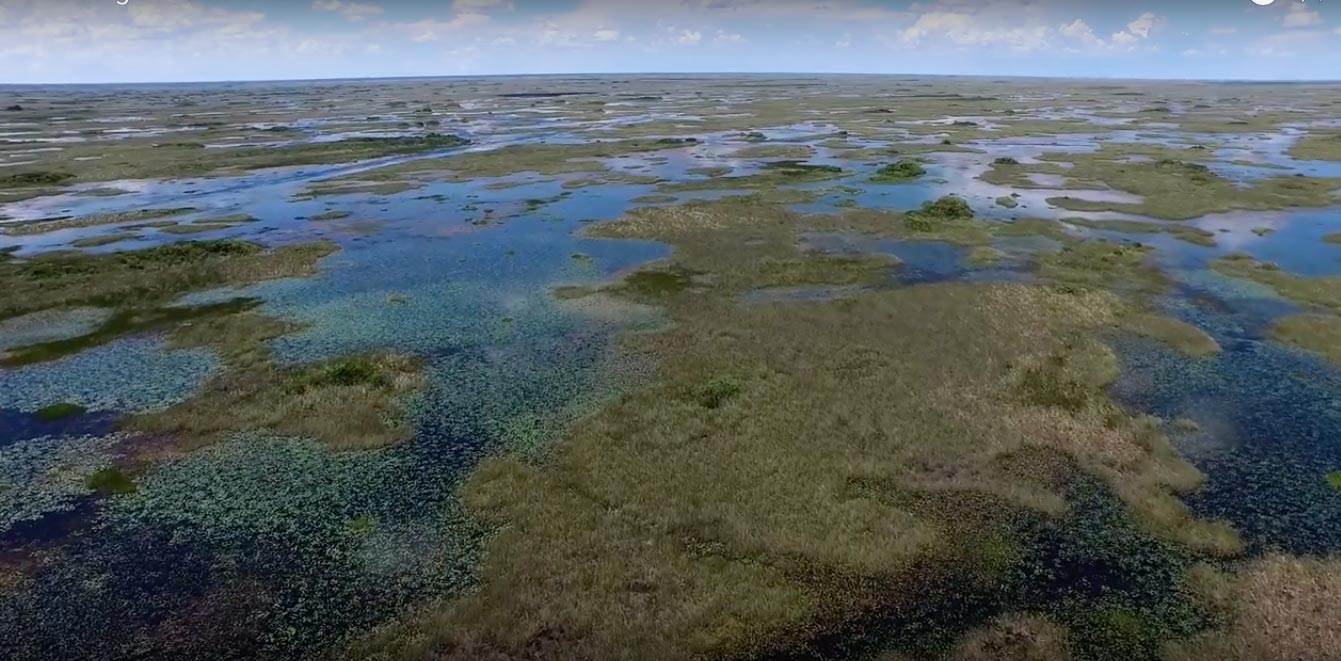
Everglades restoration may be one of the most important ecological challenges of our time.
A few months back, when deadly algae blooms devastated Florida’s coastal wildlife, there was a fair amount of discussion in the media. That may have calmed down for now but the crisis facing Florida and the Everglades is still very much alive. It’s a complicated issue who’s roots go back a hundred years. There are solutions, but the first hurtle is understanding the problem.
This video, sourced from Orvis News, does a great job of explaining the situation, and some of the ways it might be resolved. It will help you understand how we got here, and how we might get back.
CHECK OUT “RIVER OF GRASS.”
Read More »RIO Winter Redfish Fly-Line And Knots Video
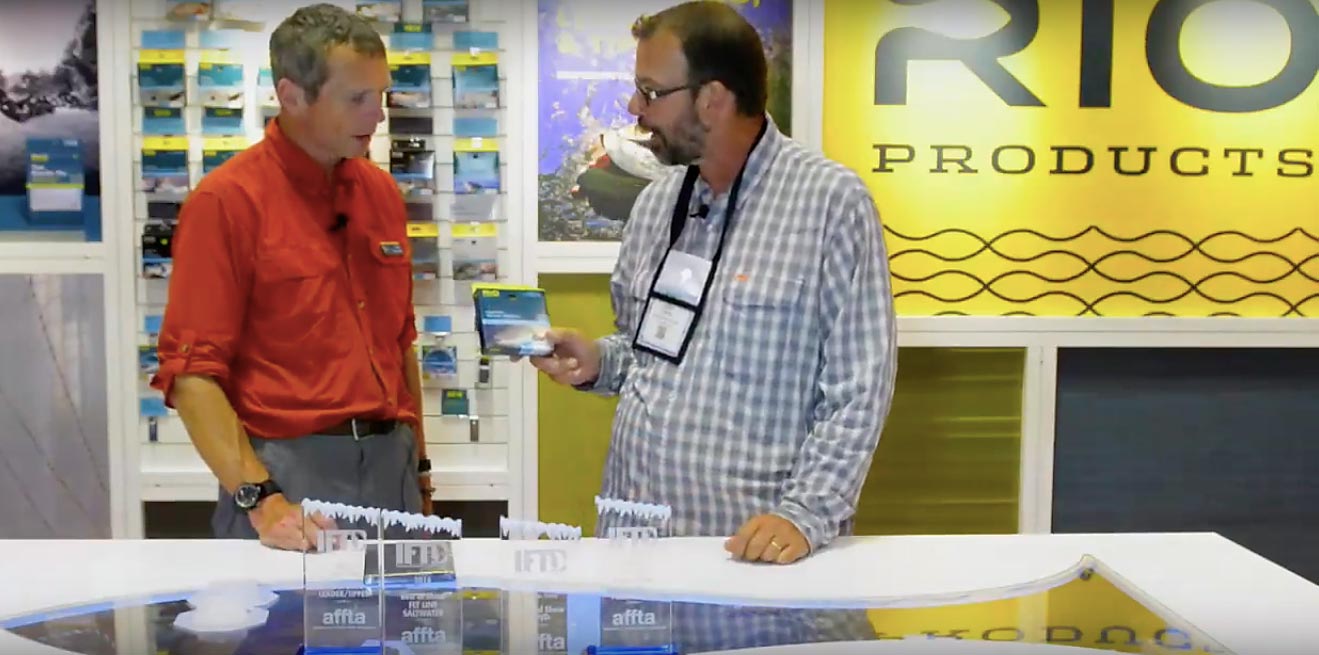
The Folks at RIO are always working to put you on fish.
RIO has lead the way in specialty fly lines. That paid off in 4 big wins at the IFTD show this year. One of the great new products which won was the Winter Redfish Line. An aggressive taper made for targeting bull reds in the colder months.
Another winner was the Knot Tying DVD. RIO has done an excellent job demonstrating and testing 29 great fishing knots. Theres more to this disk than you might guess.
CHECK OUT THIS VIDEO FOR ALL THE DETAILS ON THE RIO WINTER REDFISH LINE AND KNOTS DVD.
Read More »Seeing the Fish: Tips on how to focus and see more fish
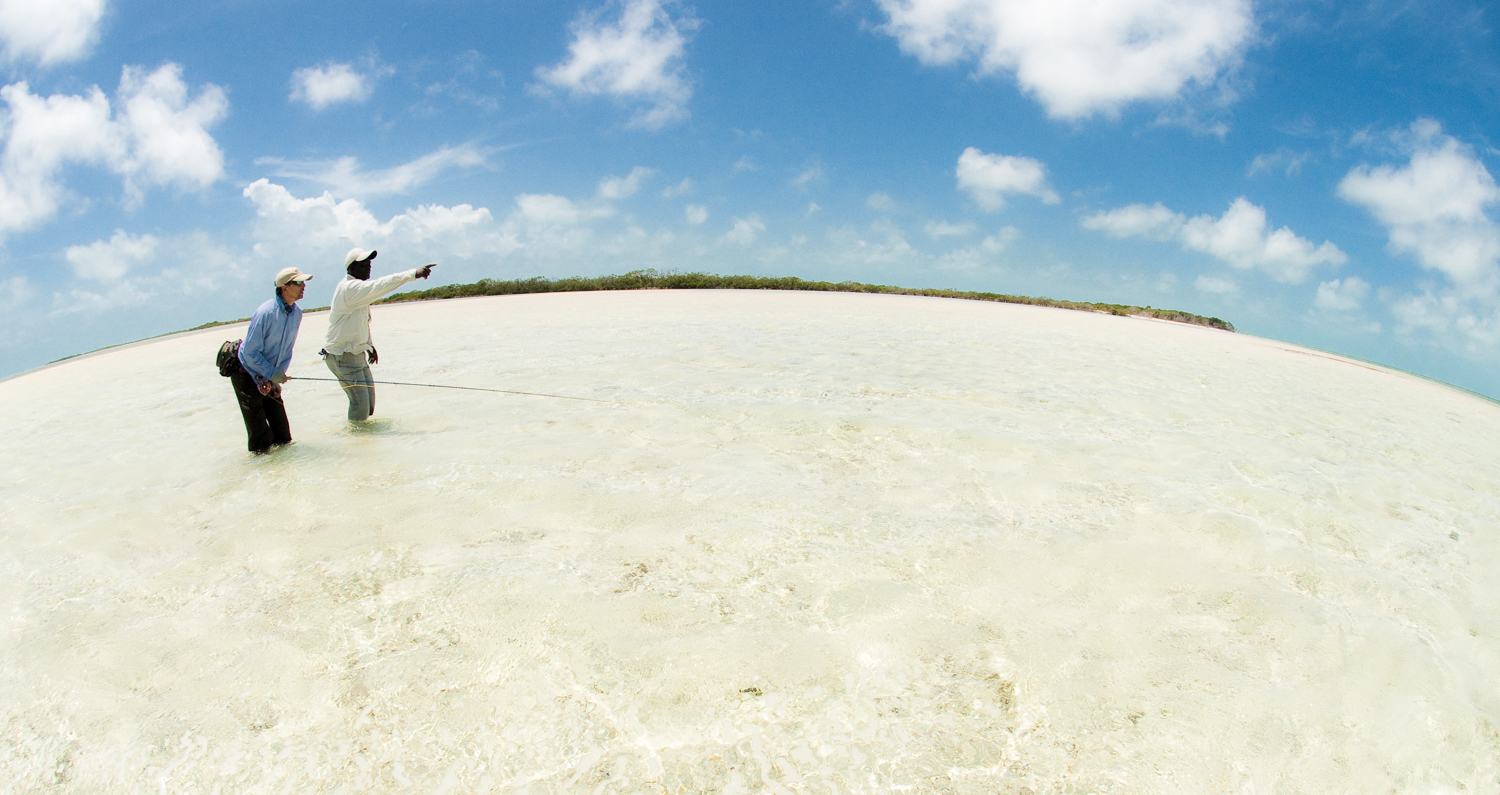
By Owen Plair
Sight fishing is by far the most exciting and exhilarating way to target fish with a fly.
Whether you’re combing the flats looking for cruising bonefish or walking a river looking for that big Brown sipping on the surface, sight fishing brings out that true primal instinct in both fresh, and saltwater anglers. The feeling of watching a fish feed in its natural environment, presenting a fly in that environment and watching the fish make that gorgeous mistake of eating it, is simply amazing. Fly fishing is fly fishing no matter how you catch a fish but when sight fishing, there are a lot of things that have to come together just right. Seeing the fish is the very first piece of the puzzle and the most important.
As a saltwater guide, the most important part of my job is finding the fish and then being able to get my angler to see them. Looking for fish is fun and one of my favorite things about guiding, but it’s not always easy. There are so many variables. Obviously the most aggravating and unpredictable variable is mother nature. Sometimes I wish I could take mother nature out to dinner a few times a week just so she would always be nice. The other main problem is the angler not being able to see the fish. If you don’t see the fish, then the difficulty of catching that fish is raised 10 times. This article is a brief summary of how to open your eyes to your surrounding, not just using sight but all of your natural instincts to find that fish and present a fly.
When I go on a trip to a new fishery, I always ask my guide or friend, “What are we looking for?” Two sets of eyes on the boat are always better than one, even the guy sitting on the cooler drinking a beer should ask what to look for. I find that one of my favorite feelings is when I step on the bow, strip out my line, and start studying the water. It allows you to be ready and most of all aware what’s around you. Even certain sounds like a tarpon rolling or a fish busting bait can tell you what direction to look.
We have all had moments when we don’t see a fish and all hell breaks loose trying to find what the guide is looking at. The bow clock was created for sight fishing and is one of the most important tools for understanding where to look. Talk with your guide or friend and point your rod from 9 o’clock to 3 o’clock so that you both are on the same time zone. The bow is 12 o’clock and always 12 o’clock, no matter what direction I’m spinning the boat. Always look directly at the nose of the boat to find 12 and adjust from there.
Getting an idea of distance is very important. Knowing when to look 40 feet at 11 o’clock or 80 feet at 11 o’clock can be crucial. Most fly lines now have
Read More »3 Ways to Make Your Wiggle Minnow Fish Better
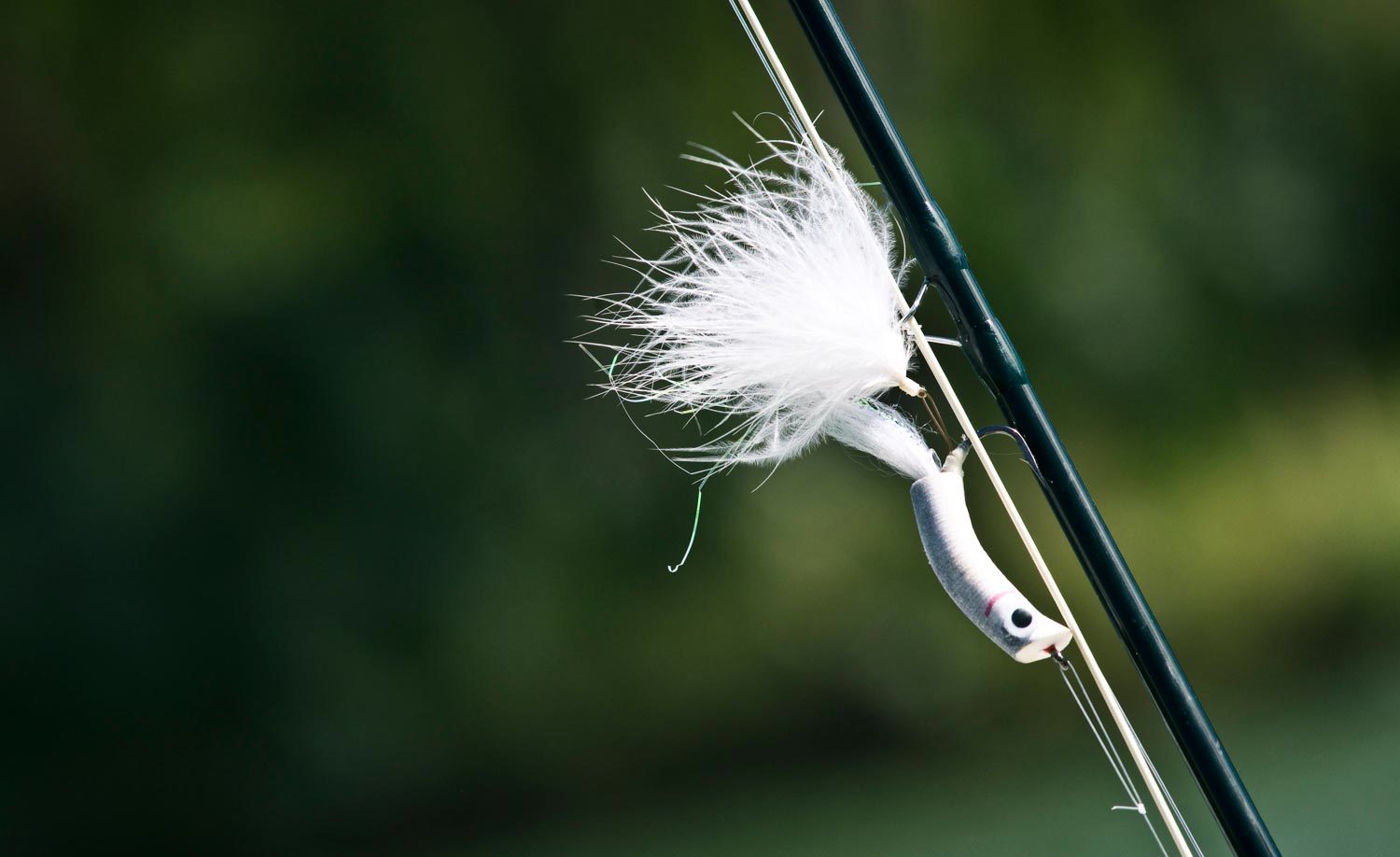
The foam wiggle minnow has been a mainstay streamer for me for trout and other predatory game fish for several years now. When you combine its realistic swimming action and the significant water it pushes during the retrieve, its one of the best streamers I know of for calling in fish from great distances to eat. Plain and simple, the wiggle minnow will catch fish just about anywhere you visit in both fresh or salt, regardless of the water conditions you may find yourself fly fishing. Furthermore, it also fishes well on all types of fly lines (floating, intermediate, sinking) and on a wide range of rod weights. This can prove to be very valuable if you find yourself on the water with limited gear options. The last few years, I’ve been experimenting with modifications to my wiggle minnows in the effort to improve their fishability.
Read More »Winter Steelhead Retreat
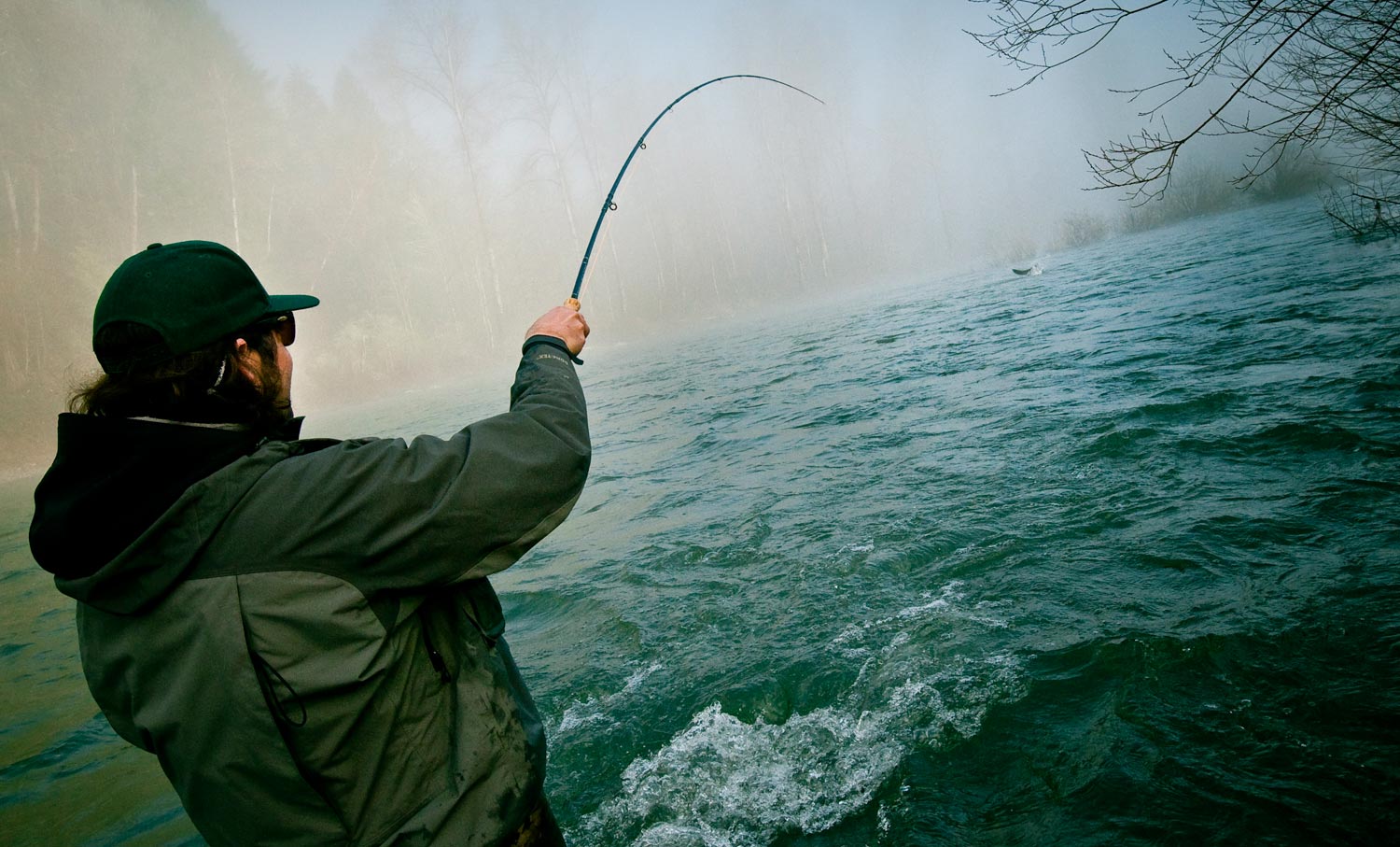
Here’s your chance for some next-level steelheading. March 26-30 2017.
The annual G&G Deschutes River Steelhead Camp has quickly become one of our most popular events, and it’s no wonder. Not only is the trip a blast but it has helped a lot of anglers really up they’re steelhead game and spey casting skills. Now I’m excited to announce a new steelhead trip for anglers looking to experience the next level, winter steelhead.
We will be fishing the Clackamas River near Portland. Thanks to conservation efforts, recent Clackamas steelhead runs have been some of the best in memory, with wild steelhead returning in good numbers. Winter fish are big, strong, and a challenge for the angler. Along with the challenge comes the reward of landing one of the most special fish on the planet. If that sounds like fun, and you’re up for a challenge, I’d love for you to join us.
The trip is arranged and guided by Fish The Swing, and I will be hosting. We will stay at the new Fish The Swing Clackamas River Lodge, right on the river with private bedrooms and a chef preparing meals. We will fish hard and enjoy some great company. There are only 4 spots for this trip, so let me know ASAP if you are interested, or would like more details, at hookups@ginkandgasoline.com.
Guests will arrive Sunday, March 26th between 5pm and 6pm, and settle in for dinner at 7pm. Breakfast will be at first light, then we will walk out front of the house and get into the boats to go fish for the day. Hot lunch will be served on the river unless the weather is bad, in which case we will head back to the lodge for lunch. Dinner at 7pm, and repeat again each day. On the last day (Thursday) everyone will need to have their bags packed before leaving for fishing. You will fish all day then return to the lodge to depart for home/airport.
Rate: 4 nights/4 days is $2750
I look forward to swinging some flies with you!
Read More »